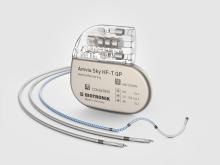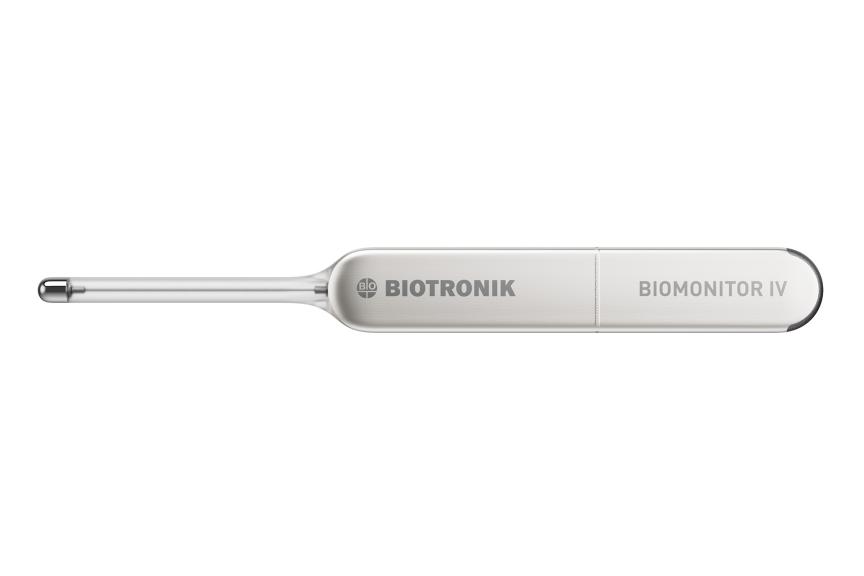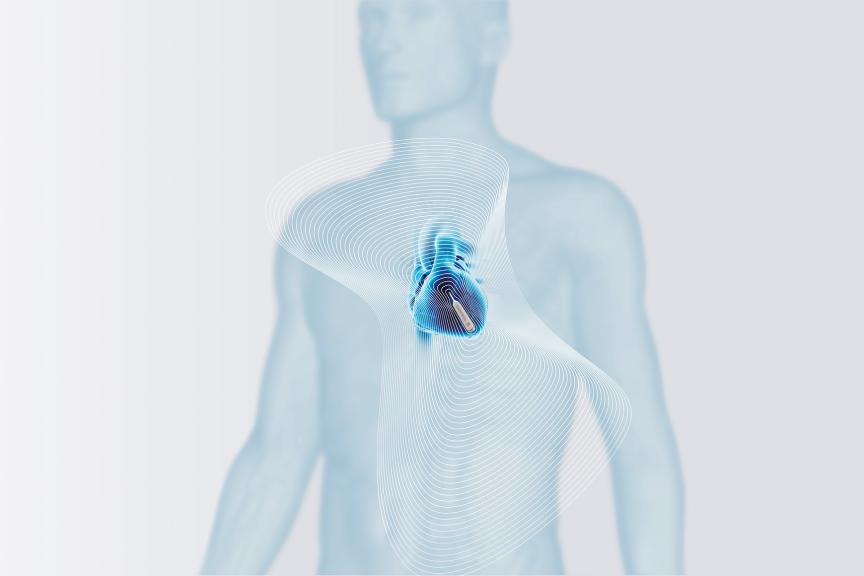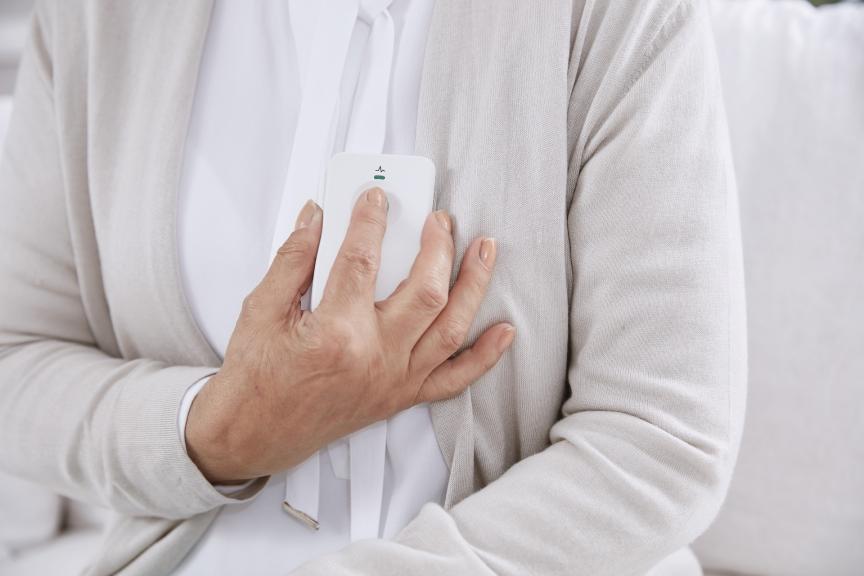What Is An Implantable Cardiac Monitor (ICM)?
Implantable cardiac monitors, like the BIOMONITOR, are mini-electrocardiogram (ECG) devices which are implanted just under the skin in the left chest area. They continuously record the heart’s rhythm and automatically detect any irregularities. All clinically relevant data is stored on the device and transmitted daily via the BIOTRONIK Home Monitoring® system. As a result, your physician will be able to see whether and what kind of irregular heartbeats occur. This information is crucial to identify the cause of the symptoms you experience and decide on the best course of treatment.
Injection Procedure
The procedure to inject a BIOMONITOR is minimally invasive as it is inserted just beneath the skin of the chest. It is performed in a hospital or medical office under local anesthesia and only takes a few minutes. You are awake and will be able to communicate to the healthcare team performing the procedure. To inject the BIOMONITOR, a physician will make a very small cut in the upper chest. The physician will insert the heart monitor with a specially designed tool. After the cardiac monitor is placed successfully, the physician will remove the injection tool and will close the incision with medical tape or with a few stitches.
After the Implantation
Recovery from this procedure tends to be minimal. After the short and simple procedure, you may stay in the hospital overnight but usually leave the same day. Listen carefully to your physician and follow their instructions.
At home, monitor how the incision is healing. Minor discomfort near the incision site is perfectly normal. BIOMONITOR is a tiny device with a flexible antenna that adapts to your body’s natural shape. Most patients get used to it quickly and soon cease to notice it.
Your physician may give you a “Remote Assistant” that allows you to store an ECG whenever you experience symptoms. Place it over the implanted device, press the button, and BIOMONITOR will store the event. The BIOMONITOR will also recognize arrhythmias automatically and store their ECGs for evaluation.
BIOMONITOR is protected against magnetic fields and electromagnetic radiation from other devices, so you may use usual household tools and devices without hesitation. BIOMONITOR includes ProMRI® technology, so you may undergo magnetic resonance imaging (MRI) scans. Nevertheless, and as with any medical examination, please inform medical staff that you have an insertable cardiac monitor.




